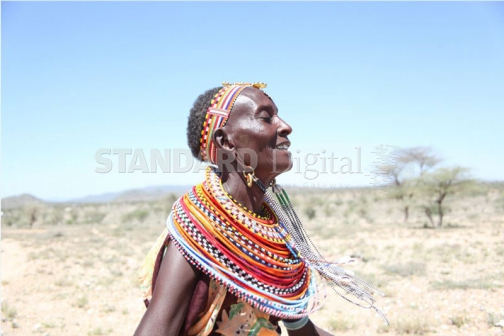×
The Standard e-Paper
Truth Without Fear

A long time ago, around a century ago, there was a tribe travelling along the River Nile. As they travelled, they engaged in everything nomadic communities are into; grazing, raiding and trading. Everything was fine and dandy until there was a smallpox outbreak while in Ethiopia. The outbreak wiped out the whole community leaving only a mother and her 2 sons.
As the mother wasted away, probably due to old age, she in her wisdom decided to share her wealth with her sons. Her wealth at the time was beads and leather.